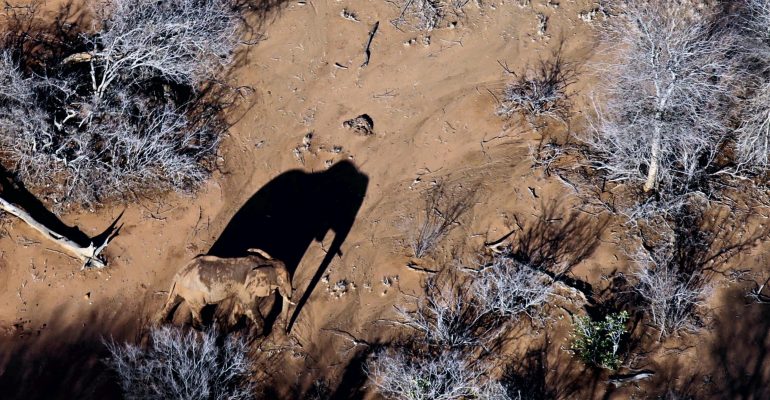Artificial intelligence allows under-funded rangers in national parks around Africa to find elephant poachers.
Poachers (people hunting animals illegally) kill elephants for their ivory tusks and sell them as luxury items around the world. Current efforts to protect animals, commonly referred to as wildlife conservation, are insufficient. A small number of rangers with poor equipment are fighting against aggressive, well-organised poachers. In 2007, more than 100 rangers were killed.
An elephant is killed every 15 minutes, a total of around 27,000 deaths a year. Elephant populations have shrunk dramatically over the past decade. They may even go extinct in the coming decades if this rate continues, highlighting the importance of finding solutions. Artificial intelligence (AI) plays a role in fixing this enormous issue.
What is AI and why should we use it?
AI refers to computer programs that not only exactly follow the instructions given to them (like most do) but also learn new techniques. For this, the AI is trained over a long period to spot patterns. For example, looking at historical information on where poachers have hunted, it can find where poachers tend to hunt. AI analyses mountains of data, such as pictures or sounds, that would normally take humans weeks or months to manually go through.
AI and images
Currently, national parks in Africa use drones (unmanned flying vehicles guided using remote control) during the night, when poachers are most active. Air Shepherd, the largest conservation charity working with video camera drones, uses a combination of humans and AI to pilot the drones to spot illegal activity. Drones have recorded over 5,000 hours of footage across Africa’s national parks.
National parks also use AI to look at images taken on the ground. The conservation organisation Resolve created a small camera, ‘TrailGuard AI’, which recognizes animals and humans. Placed in strategic locations, it notifies rangers about suspected poachers. During the first year of its use, rangers arrested 30 poachers in Tanzania. This tool is extremely useful, considering about 150 rangers at Serengeti National Park patrol an area similar to the size of Swaziland.
Predictive AI
AI is not only used to identify present poachers but also to predict where they might hunt in the future. A group of computer scientists created an AI system called PAWS to anticipate where future poaching might happen based on previous arrests. In their first trial at Queen Elizabeth National Park in Uganda, PAWS directed rangers to areas rarely visited by rangers to find signs of illegal activity.
AI needs rangers
AI has shown to be a valuable tool to tackle poaching and improve wildlife conservation efforts. However, it must not be forgotten that the work happens in the parks. The real solution against poaching will be a combination of AI adapted to real-life conditions and an increase in the currently low number of rangers working in dangerous conditions.


Have you ever considered creating an e-book or guest authoring on other websites? I have a blog based on the same information you discuss and would really like to have you share some stories/information. I know my visitors would enjoy your work. If you are even remotely interested, feel free to shoot me an e-mail.
Say, you got a nice post.Much thanks again. Keep writing.